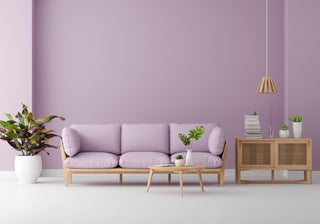A dining table is more than just furniture—it becomes the silent witness to family gatherings, holiday feasts, and generations of shared stories. Unlike disposable pieces that wear out over time, a truly well-crafted dining table grows more valuable with age, both emotionally and aesthetically. This guide explores what transforms an ordinary table into a cherished heirloom, from material selection to design principles that stand the test of time.
The Mark of True Heirloom Quality
Heirloom-worthy dining tables share distinct characteristics that ensure their longevity. Solid hardwoods like oak, walnut, or mahogany form the foundation, offering durability that withstands decades of use. Traditional joinery techniques—dovetail, mortise-and-tenon, or butterfly joints—create structural integrity that mass-produced alternatives cannot match. The finest tables balance sturdiness with elegant proportions, making them equally suited for formal dinners and casual family game nights.
Choosing Timeless Materials
Material selection plays a pivotal role in a table's ability to endure. Hardwoods develop a rich patina over time, with each scratch and dent adding to their character rather than detracting from their beauty. Reclaimed wood carries history in its grain, often sourced from old barns or factories, giving new life to materials with inherent resilience. For those preferring a lighter aesthetic, sustainably harvested maple or ash provides durability without dark tones. Natural stone or ceramic inlays can add decorative elements while maintaining longevity.
Design Elements That Transcend Trends
Certain design features ensure a table remains stylish across generations. Simple, clean lines avoid the trap of fleeting trends, while subtle detailing like tapered legs or a gently curved apron adds sophistication. Extendable leaves accommodate growing families without compromising structural stability. Neutral finishes—whether natural oil-rubbed or lightly stained—allow the wood's organic beauty to shine while adapting to evolving decor styles. The most successful heirloom tables blend seamlessly into both traditional and contemporary settings.
The Craftsmanship Difference
Superior construction methods distinguish heirloom tables from their mass-produced counterparts. Hand-planed surfaces and hand-finished edges create tactile warmth that machines cannot replicate. Artisans often employ time-honored techniques like breadboard ends to prevent warping, ensuring the table remains level through seasonal humidity changes. These thoughtful details may go unnoticed at first glance but reveal themselves through years of flawless performance.
Caring for Your Legacy Piece
Proper maintenance preserves both function and beauty for decades. Regular polishing with natural beeswax or plant-based oils protects the wood while enhancing its luster. Immediate attention to spills prevents stains, while felt pads under serving dishes minimize surface marks. Unlike veneered tables that degrade with refinishing, solid wood can be gently sanded and re-stained to address wear, essentially renewing itself for another generation of use.
The Emotional Value of Heirloom Tables
Beyond physical attributes, these tables earn their status through lived experiences. The first holiday meal hosted on a new table, the homework sessions completed at its surface, the countless conversations shared around it—these moments imbue the piece with irreplaceable sentimental worth. Families often develop traditions around their tables, from annual polishing rituals to the passing down of care instructions with each generation.
Making the Investment
Selecting an heirloom table requires consideration beyond immediate needs. Measuring the space ensures proper proportions for both current and future homes. Considering family growth helps determine ideal size and configuration. Viewing potential tables in person allows assessment of grain patterns and craftsmanship details that photos cannot convey. While the initial cost may exceed disposable alternatives, the decades of service and eventual hand-me-down value justify the expenditure.


